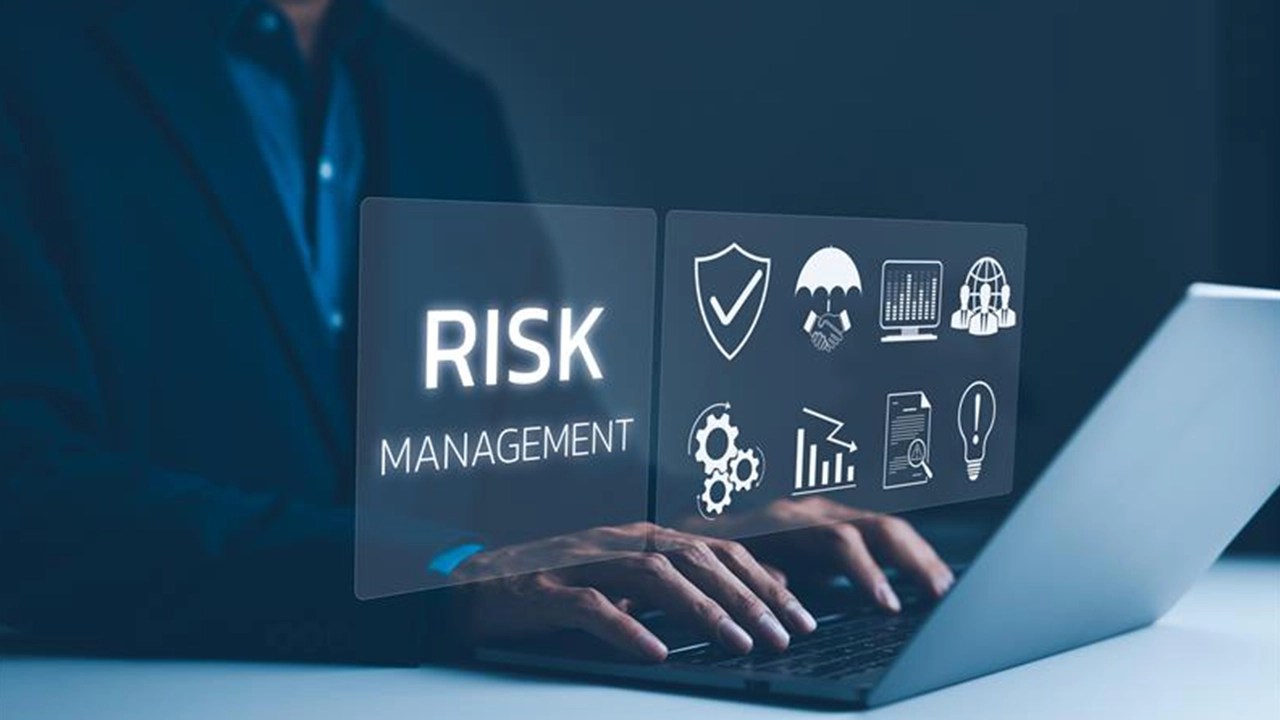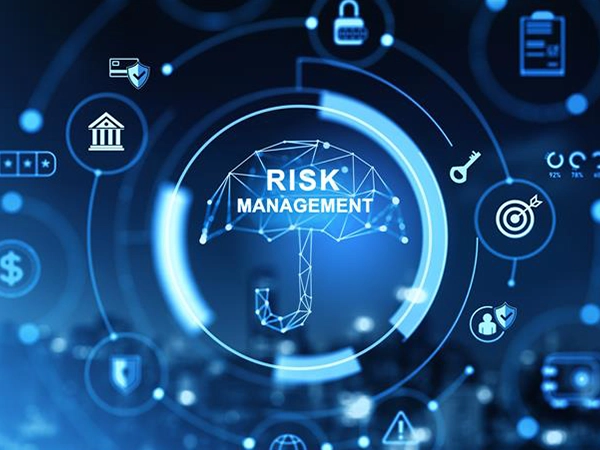Introduction
In today’s hyper-connected business landscape, organizations increasingly rely on third-party vendors, suppliers, partners, cloud providers, and contractors to support their operations. While this brings agility and cost-efficiency, it also introduces significant third-party risks — often overlooked in Governance, Risk, and Compliance (GRC) programs. Neglecting these risks can expose organizations to data breaches, regulatory violations, reputational damage, and operational disruption.
Why Third-Party Risk Is the Weakest Link in GRC
Limited Visibility into Third-Party Security Posture
Most organizations lack deep insight into vendors’ cybersecurity and compliance practices. Shadow IT and unauthorized vendor usage increase exposure.
Regulatory & Legal Liabilities
Under laws like GDPR, DPDP Act (India), or HIPAA, organizations are accountable for their vendors’ data handling practices. Third-party data breaches often lead to regulatory scrutiny and penalties.
Inconsistent Due Diligence
Many organizations do not have standardized onboarding and monitoring processes for vendors. Initial risk assessments are often one-time and not updated regularly.
Supply Chain Attacks & Data Leaks
Attackers target weaker vendors to infiltrate the primary organization.
- SolarWinds (2020): Hackers inserted malicious code into a routine software update, compromising multiple U.S. government agencies and Fortune 500 firms.
- MOVEit Transfer Attack (2023): A zero-day vulnerability in Progress Software’s MOVEit file transfer tool was exploited, impacting thousands of organizations globally.
These cases show how third-party vulnerabilities can create large-scale systemic risks.
Fourth-Party Risk
The risk does not end with direct vendors — their subcontractors and service providers (“vendors’ vendors”) often create blind spots. A weak control in a fourth party can still expose the primary organization.
Cloud-Specific Risks
With many vendors operating on SaaS and cloud platforms, shared responsibility models often cause confusion. Organizations may wrongly assume the vendor secures everything, while customers remain accountable for data protection, access controls, and compliance in the cloud.
Lack of Integration with GRC Tools
Many GRC platforms do not fully integrate third-party risk data (e.g., from assessments, audits, SLAs). Disconnected data hinders holistic risk management and compliance tracking.
Key Areas to Strengthen Third-Party Risk Management in GRC
Third-Party Risk Governance
- Define ownership (e.g., assign a Vendor Risk Officer).
- Include third-party risk in board-level reporting and audits.
Vendor Risk Assessment
- Conduct pre-contract due diligence (security, financial, legal).
- Use questionnaires, certifications (ISO 27001, SOC 2), and continuous rating services like BitSight or SecurityScorecard.
Contractual Safeguards
- Include data protection clauses, SLAs, right to audit, and incident notification timelines.
- Align with ISO 27036 (Supplier Relationships), NIST SP 800-161 (Supply Chain Risk Management), and ISO 27001 Annex A supplier controls.
Continuous Monitoring
- Periodic reassessment of vendor risk based on service changes, incidents, or audit results.
- Leverage automated vendor monitoring platforms for threat intelligence, compliance drift detection, and alerts.
Incident Response & Escalation
- Ensure third parties have a defined incident response process.
- Establish clear escalation procedures for breach notification and joint response coordination.
Third-Party Risk Register & Reporting
- Maintain an updated inventory of all third parties and their risk levels.
- Integrate third-party and fourth-party metrics into the enterprise risk register for GRC tracking
Consequences of Ignoring Third-Party Risk
- High-profile data breaches via suppliers or contractors.
- Compliance failures leading to fines (e.g., GDPR, DPDP).
- Reputational damage affecting investor and customer trust.
- Loss of operational continuity (if critical services are affected).











